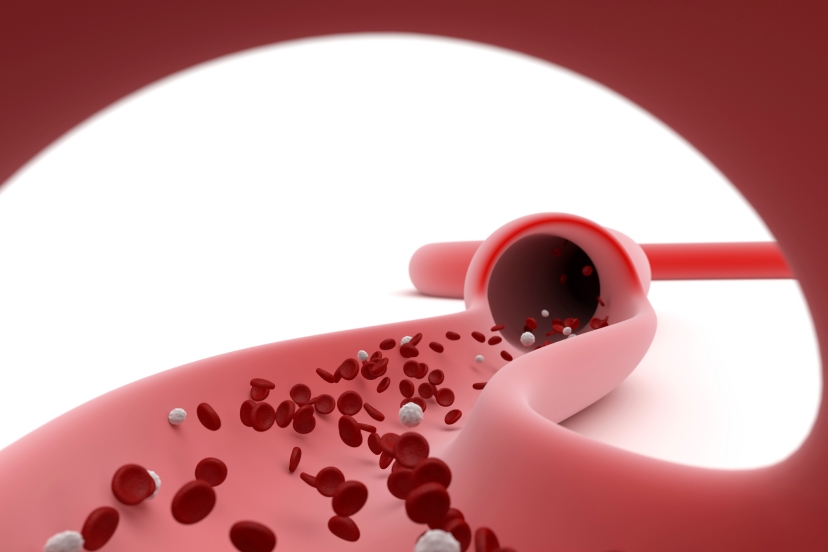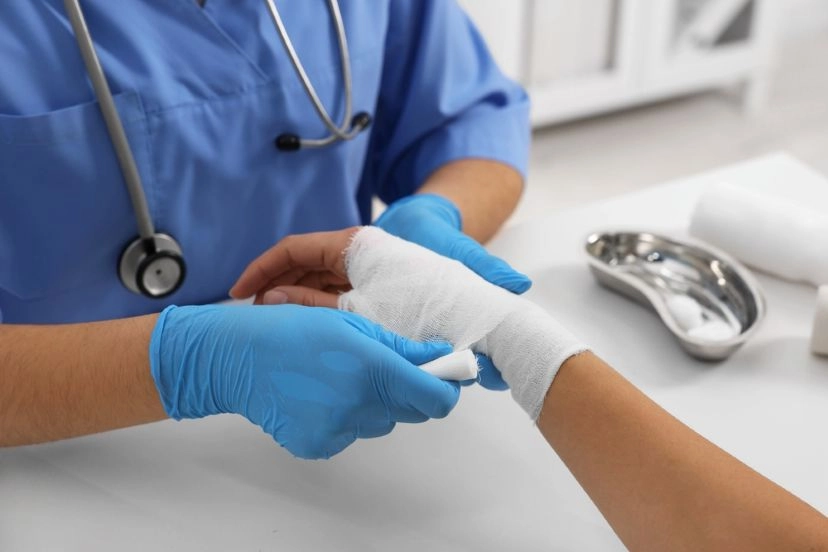Aortic Aneurysm

Aortic aneurysm is the medical problems due to weaken artery; the pressure of blood inside the artery forces any weak areas in the artery's wall to balloon outward. It is caused by aging, or other abnormalities such as hypertension, too much cigarette smoking or people with genetic condition such as Marfan syndrome. Marfan syndrome’s patient will be tall and thin, have long arms and legs, have higher than normal arched palate, and have eye problems. Faulty connective tissue in can weaken the aorta, so aortic aneurysm is most likely to happen in people who have Marfan syndrome.
If anyone is at risk of having aortic aneurysm, they should visit the doctor and receive soonest treatment since aorta is essential to the body. The aorta is like a main pipeline that sends out blood to your entire body to a heart, brain, spinal cord, arms, and legs including organs in abdomen such as liver, kidney and colon. If there are any abnormalities, the wall of the aorta begins to bulge and rupture, this may lead to 50-90 percent of death.
No warning signs………observe yourself often
Aortic aneurysm is frequently found accidentally from chest x-ray. However, you should also often observe yourself whether you have these symptoms: abdominal pain, back pain, chest pain, fainting or near fainting. A lump in the abdomen that appears to pulsate can be a sign of an aortic aneurysm, including difficulty breathing, difficulty swallowing, and hoarseness as these symptoms may result from a bulging artery that press on the nearby organs. The best way is to visit the doctor for further examinations and investigations.
Treatment approach in the beginning state
If aortic aneurysm is detected in an early stage, behavior control such as stop smoking, avoid straining excessively when pooping and control blood pressure is recommended since these can lead to the rupture of an aorta. In addition, if the doctor considers that it is still not dangerous or has less risk to split, the surgery is not required. Instead, your doctor may monitor it closely for the safety.
Surgical treatment
If an aorta is more likely to rupture or it is bigger abnormally, surgery is probably needed because if it burst, the patient can be dead. The surgery can be divided into two options
Open Surgery
It is the surgery through the chest cavity or the abdomen based on the location of aneurysm. The damaged part of your aorta is removed and replaces it with a synthetic fabric tube.
Endovascular stent grafting
A small wire mesh tube, called a stent is inserted into an artery in the groin to reinforce the wall of the aorta and to help keep the damaged area from rupturing. This procedure is suitable for patients who have high risk to undergo open surgery such as elderly, patients with heart problems, or patients with diabetes problems. It is done with a small incision; therefore, it has less risk, and less blood loss.


